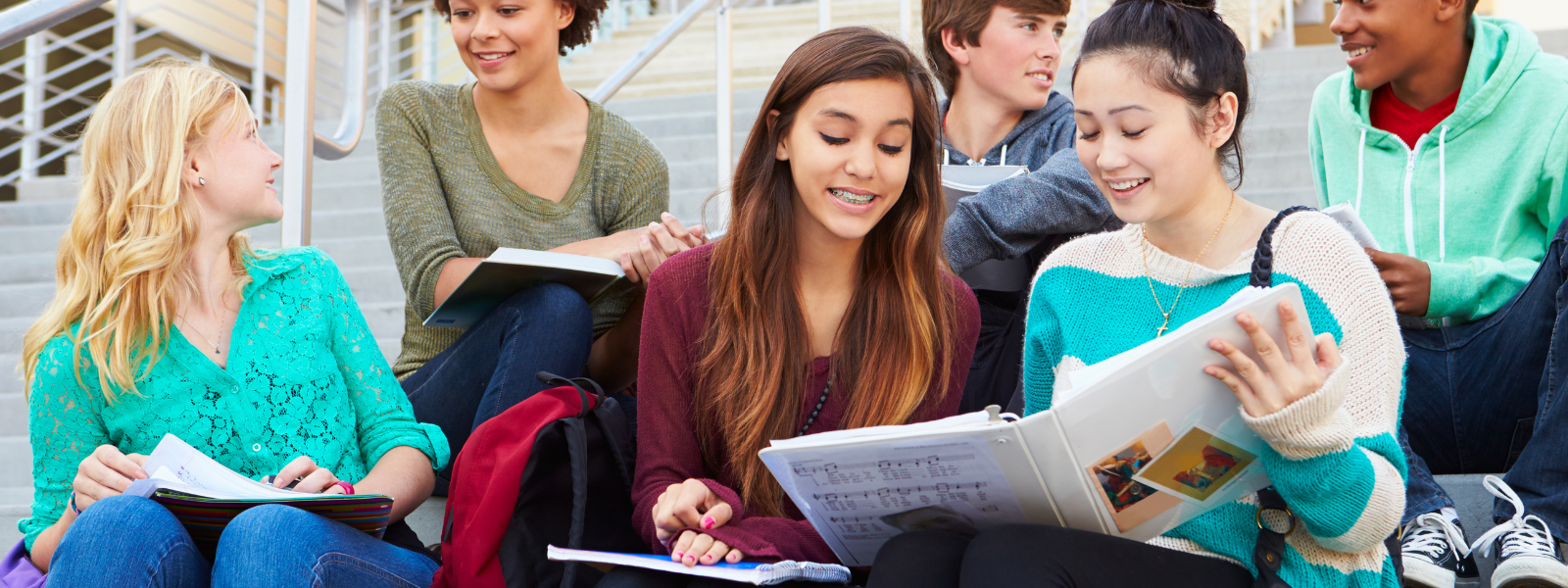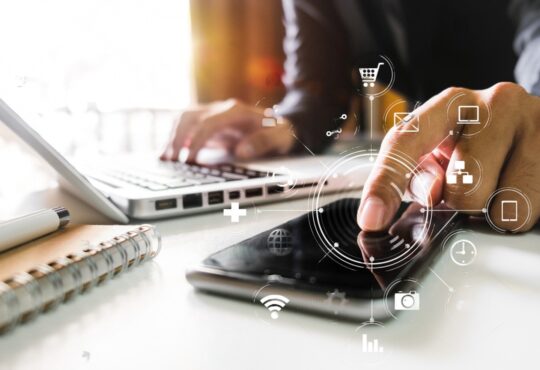
Mastering the Art of Student Preparedness: Strategies for Success
When it comes to academic success, one crucial factor that can make or break a student’s performance is preparedness. Being prepared goes beyond simply attending classes; it involves effective time management, study habits, organization, and seeking help when needed. In this blog, we will explore the importance of student preparedness, understand the challenges students face, and discuss practical strategies to help students master the art of preparedness and achieve academic excellence.
I. The Importance of Student Preparedness:
Being prepared is the foundation for success in academics and beyond. Students who are prepared experience several benefits, including improved grades, reduced stress, and increased confidence in their abilities. Studies have shown that students who consistently demonstrate preparedness tend to perform better in exams and assignments, leading to a positive impact on their overall academic journey.
II. Understanding the Challenges Faced by Students:
Numerous challenges can hinder students’ ability to be adequately prepared. External factors such as busy schedules, part-time jobs, and extracurricular activities can compete for a student’s time and attention. Internal factors like lack of motivation, fear of failure, and difficulty concentrating may also contribute to a lack of preparedness. Recognizing these challenges is the first step towards overcoming them.
III. Strategies for Student Preparedness:
A. Time Management Techniques:
- Creating a Schedule: Develop a weekly or daily schedule that allocates time for classes, study sessions, and other commitments. Stick to the schedule to build a routine that fosters preparedness.
- Setting Goals and Prioritizing Tasks: Establish clear academic goals and break them down into smaller, manageable tasks. Prioritize tasks based on deadlines and importance to stay on track.
- Avoiding Procrastination: Procrastination can be a significant roadblock to preparedness. Implement techniques like the Pomodoro Technique, which involves working in short bursts with regular breaks, to stay focused and productive.
B. Effective Study Habits:
- Creating a Conducive Study Environment: Find a quiet and organized space dedicated to studying. Minimize distractions and keep all study materials readily accessible.
- Implementing Active Learning Techniques: Engage in active learning methods such as summarizing information, teaching concepts to others, and practicing problem-solving exercises.
- Using Mnemonic Devices or Memory Aids: Mnemonic techniques, like acronyms or visualization, can help retain and recall information effectively.
C. Organization and Planning:
- Developing a System for Organizing Materials and Notes: Use folders, binders, or digital tools to keep class notes, handouts, and assignments organized by subject.
- Breaking Down Tasks into Manageable Chunks: Divide larger tasks or projects into smaller, achievable steps. This approach reduces overwhelm and makes progress more attainable.
- Utilizing Technology Tools for Organization: Embrace productivity apps or online tools designed for note-taking, task management, and collaboration to enhance organization.
D. Seeking Help and Resources:
- Utilizing Available Academic Support Services: Take advantage of tutoring services, academic advisors, or writing centers to enhance understanding and skill development.
- Forming Study Groups or Finding Study Partners: Collaborate with peers to exchange ideas, discuss concepts, and clarify doubts, fostering a deeper understanding of the subject matter.
- Using Online Resources and Educational Apps: Explore online platforms offering educational content, interactive quizzes, and digital study aids that complement classroom learning.
IV. Overcoming Procrastination and Distractions:
A. Identifying Common Procrastination Triggers: Reflect on personal tendencies and triggers that lead to procrastination.
B. Techniques for Overcoming Procrastination: Adopt strategies like setting specific deadlines, rewarding progress, and creating accountability to counteract procrastination habits.
C. Managing Digital Distractions and Practicing Self-Discipline: Limit screen time, use website blockers, and develop strategies to stay focused in the digital age.
V. Maintaining a Balanced Lifestyle:
A. Importance of Self-Care and Well-being for Student Preparedness: Recognize the significance of self-care in maintaining physical and mental well-being, which positively impacts preparedness.
B. Strategies for Managing Stress and Maintaining a Healthy Work-Life Balance: Incorporate stress management techniques such as exercise, mindfulness, and time for hobbies or relaxation to ensure a balanced lifestyle.
C. Incorporating Physical Activity and Relaxation Techniques: Regular physical activity and relaxation exercises improve focus, concentration, and overall well-being.
VI. Measuring and Evaluating Progress:
A. Tracking and Assessing Preparedness Levels: Develop a system to evaluate preparedness regularly. Reflect on progress and identify areas for improvement.
B. Self-Reflection and Goal Setting: Engage in self-reflection to identify strengths and weaknesses. Set SMART goals (Specific, Measurable, Achievable, Relevant, Time-bound) to guide efforts toward continual improvement.
C. Adjusting Strategies Based on Feedback and Results: Be open to feedback and adapt strategies as needed. Flexibility and a willingness to make necessary changes are key to long-term success.
Takeaway
Mastering the art of student preparedness is crucial for achieving academic success. By implementing effective strategies such as time management, study habits, organization, seeking help, overcoming procrastination, and maintaining a balanced lifestyle, students can enhance their preparedness and unlock their full potential. Remember, preparedness is not a destination but an ongoing journey, and each step taken toward it brings students closer to their goals. Embrace these strategies, persevere, and watch as success becomes an attainable reality.









